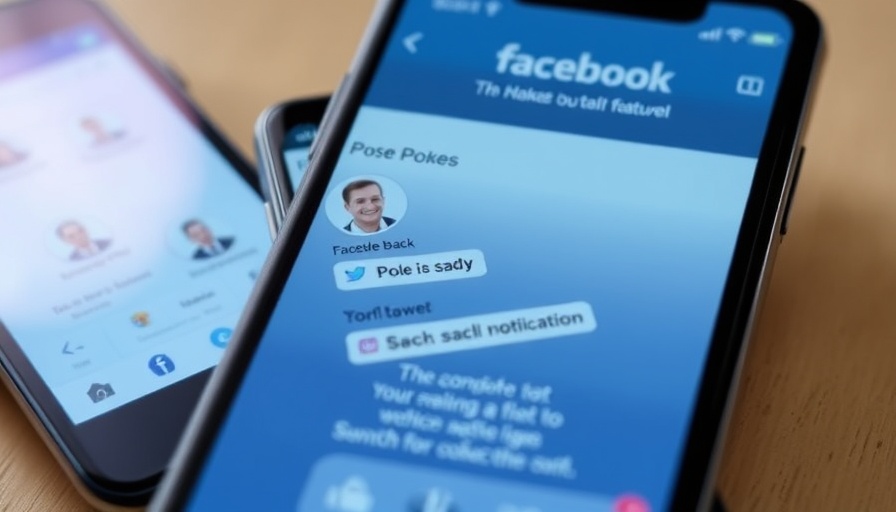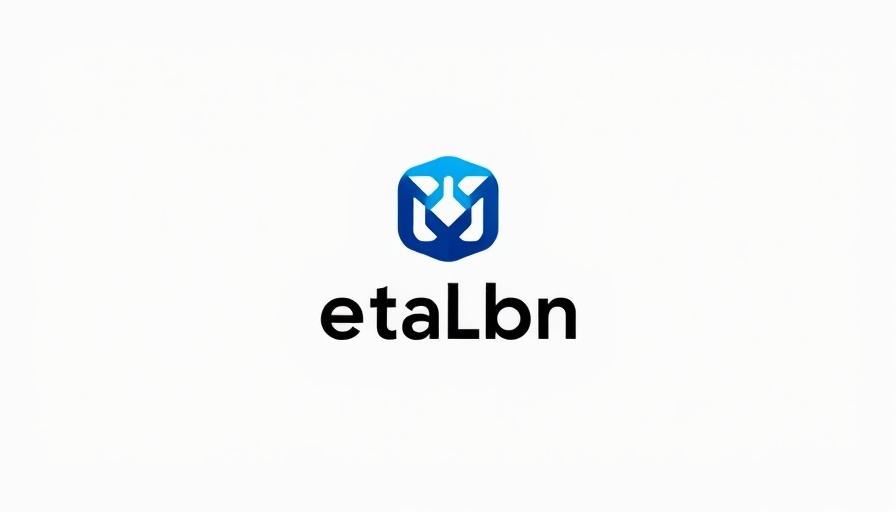
Understanding the Impact of Daily Habits on Stress Levels
Feeling perpetually on edge is a common experience for many, particularly for business owners who often juggle numerous responsibilities. However, habitual actions can contribute significantly to this state of anxiety. Recognizing how certain routines can trigger stress is the first step towards alleviating it. From social media habits to meal management, these habits can surface unnoticed, creating an underlying tension that disrupts your focus and productivity. Surprisingly, even small shifts in daily behavior can lead to improved mental health and well-being.
Are You Constantly Checking Your Phone?
In today’s digital age, smartphones serve as vital business tools. Still, the compulsive need to check our phones is prevalent, often leading to heightened stress levels. The constant barrage of notifications can trigger mini-adrenaline rushes every time you receive an alert, making it hard to switch off and relax.
This incessant connectivity results in a state of physical and mental arousal that keeps you on edge. To regain your calm, consider implementing strict boundaries around phone usage. Whether it’s turning off notifications during work hours or designating phone-free time, these small changes can lead to a significant decrease in stress.
Skipping Meals and Its Consequences
Busy schedules often lead business owners to sacrifice meals, thinking they are maximizing productivity. However, skipping meals isn't simply a matter of hunger; it directly impacts your mental state. A lack of proper nutrition can lead to decreased energy levels and heightened irritability. The brain requires consistent fuel to function optimally; when it suffers from low energy, your overall mood and stress resilience plummet.
Instead of skipping meals to squeeze in additional tasks, prioritize nutrition. Planning meals ahead of time can prevent this common pitfall, allowing you to maintain both energy and focus.
Examining the Pressure of Perfectionism
Perfectionism is often a double-edged sword among business owners, driving one to excel yet also causing immense pressure. Striving for perfection can lead to high levels of stress, particularly when self-imposed expectations aren’t met. Understanding and questioning the motivations behind your desire for perfection can alleviate undue pressure.
It might be more beneficial to focus on progress rather than perfection. Adopting a growth mindset allows for flexibility and acknowledges that mistakes are merely learning opportunities.
Revisiting Time Management Strategies
Many individuals fall prey to the illusion of multitasking, thinking they are being more efficient. However, research suggests that this approach can often lead to increased stress and reduced output quality. When people's attention is divided, mistakes are more likely, which can contribute to a feeling of frustration or failure.
Emphasizing time management techniques such as the Pomodoro Technique or prioritizing tasks can allow for a more focused approach. Allocating specific time frames for each task can increase productivity while reducing stress levels.
Social Connections Matter
Networking and making meaningful social connections can positively contribute to your mental health. Finding support within your industry can provide not only professional collaboration opportunities but also emotional relaxation. Engaging in discussions with other professionals can shift focus from personal pressure to shared experiences and collective solutions.
Therefore, consider making time for networking events or informal meetings that allow you to build secure relationships, exchange ideas, and establish a support system.
The Role of Physical Exercise
Physical exercise is another crucial element often overlooked for those immersed in work. Regular physical activity can significantly reduce stress and anxiety levels, improve mood, and enhance cognitive function. Taking just 30 minutes a day to engage in physical activity – be it a brisk walk, yoga, or dance – can work wonders for your mental well-being.
Creating a weekly workout schedule might feel challenging at first, but it contributes immensely to sustaining productivity and a healthy state of mind.
Identifying Individual Stressors
Everyone has unique stress triggers, and what may affect one person might not affect another. Take time to reflect on the aspects of your life that unsettle you. Keeping a journal helps in recognizing these patterns and illuminates the daily habits contributing to your unease.
Identifying individual stressors enables you to develop personalized strategies to combat anxiety. You might find taking breaks during intense work periods or adopting mindfulness practices like meditation helpful in managing overwhelming feelings.
Taking Action for Improvement
Ultimately, regaining a sense of peace requires a conscious effort to reassess daily habits. Simple changes in how you approach technology, manage time, and prioritize social interactions can mean the difference between constant tension and a balanced life. Business owners, in particular, should be proactive about their mental health since it directly influences business performance and overall satisfaction.
If you're looking for effective ways to manage stress and improve your daily habits, reflect on the above points and implement meaningful changes. Prioritizing mental health is not just beneficial for personal well-being but is also vital for professional growth.
 Add Row
Add Row  Add
Add 




Write A Comment